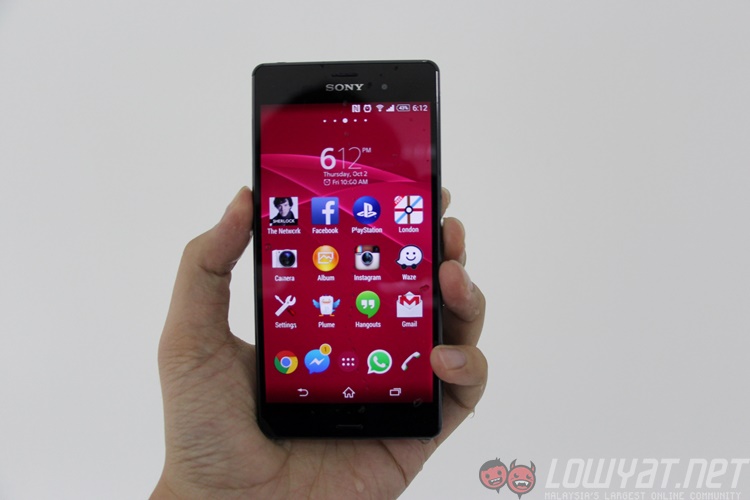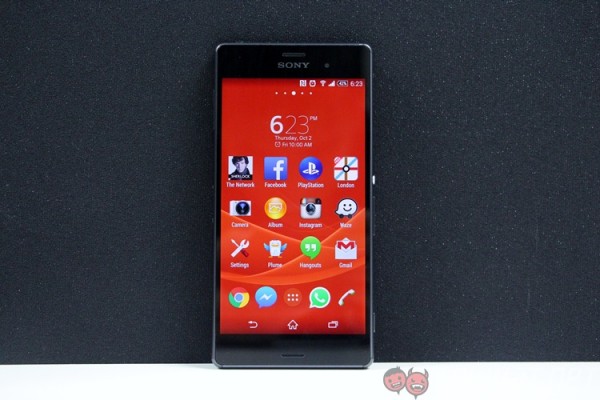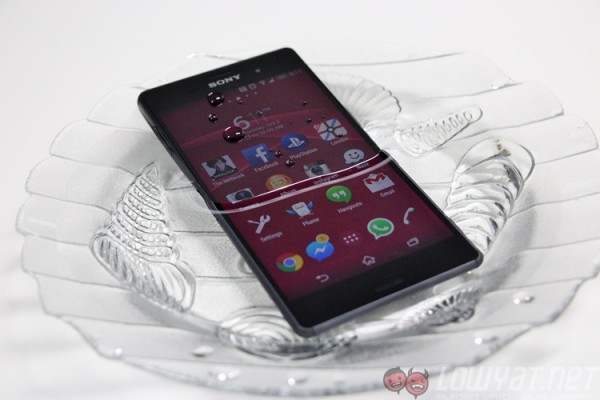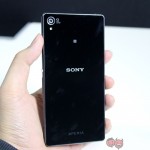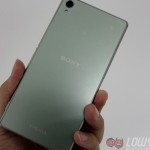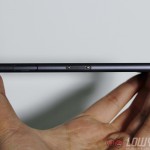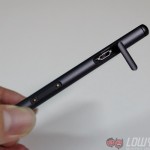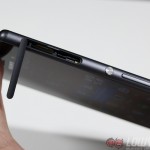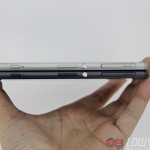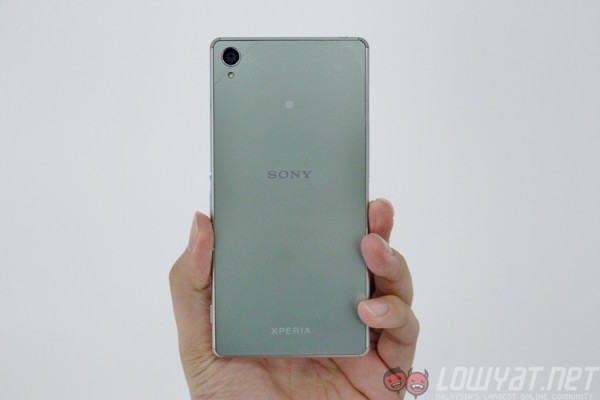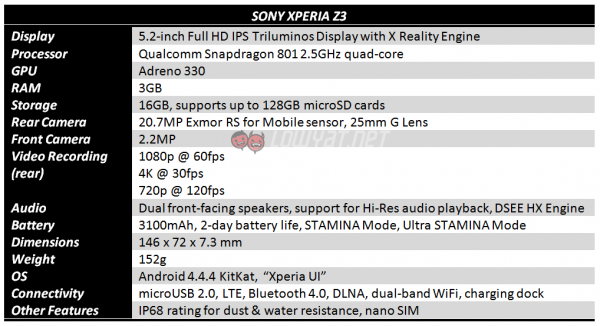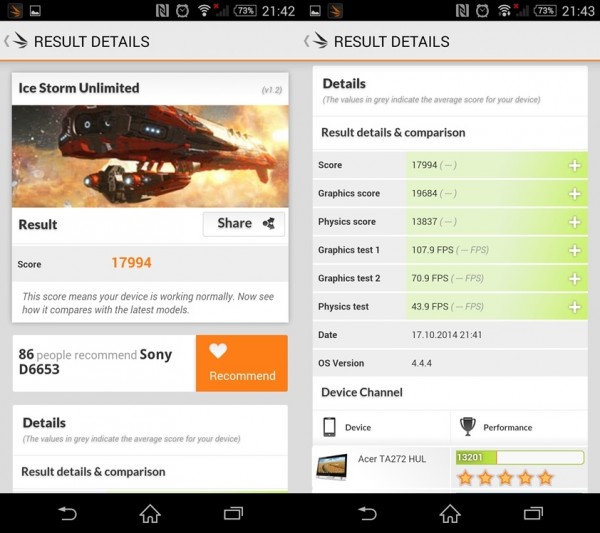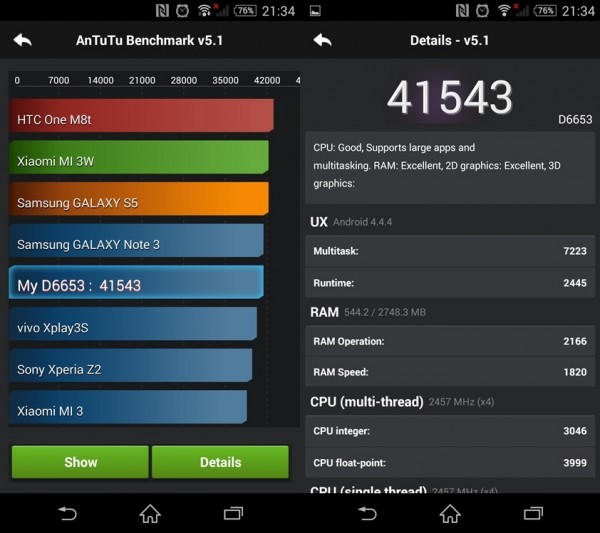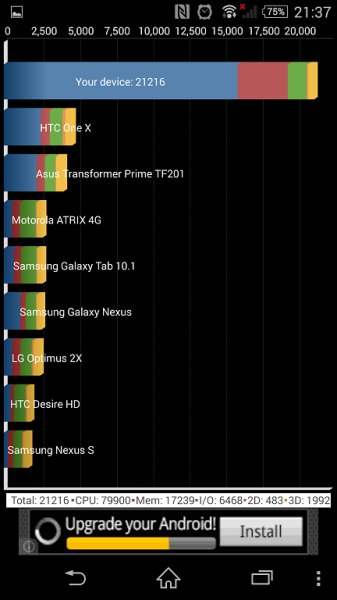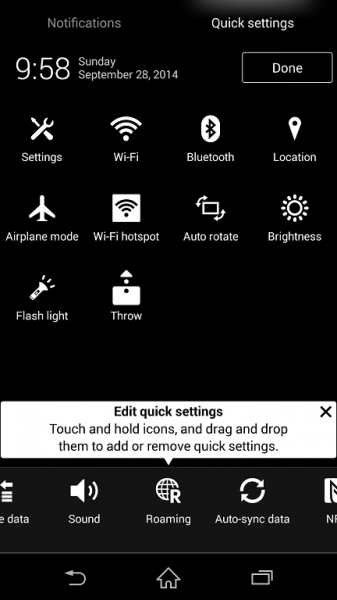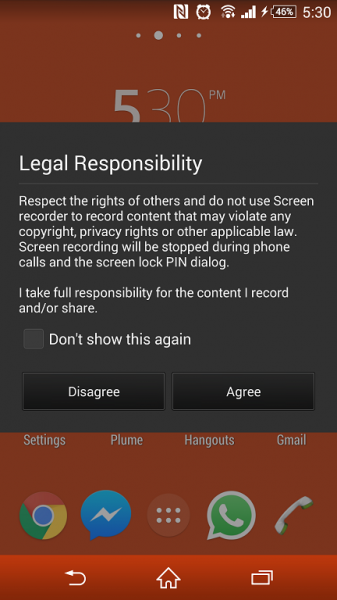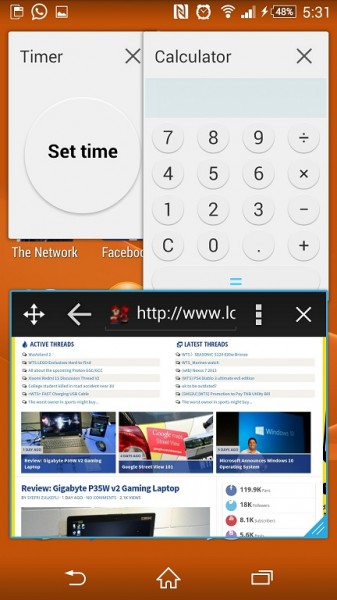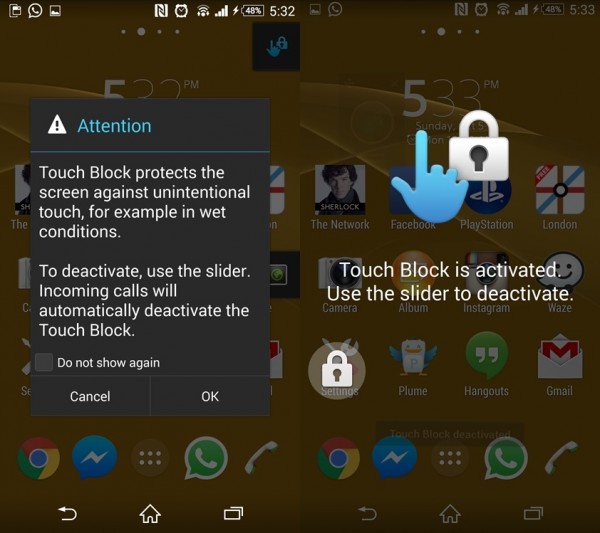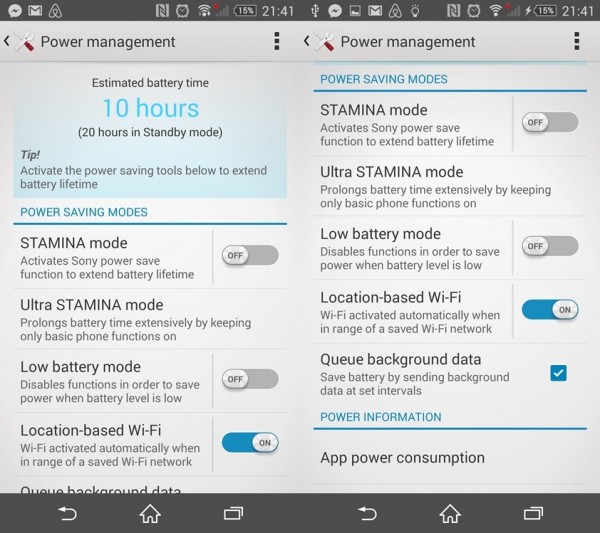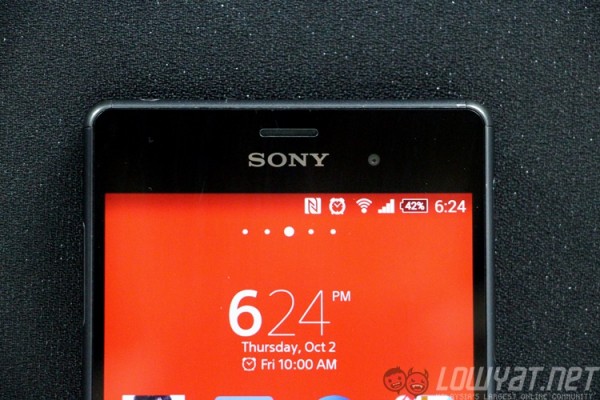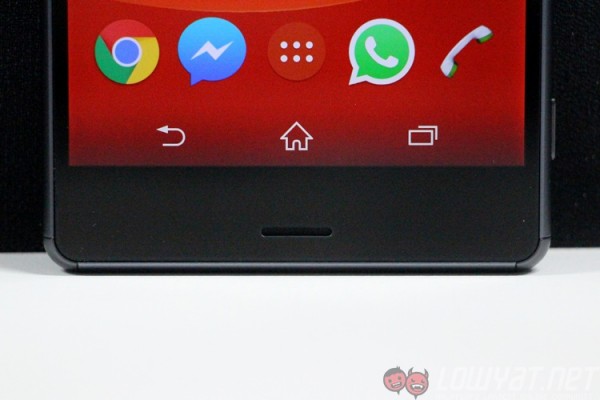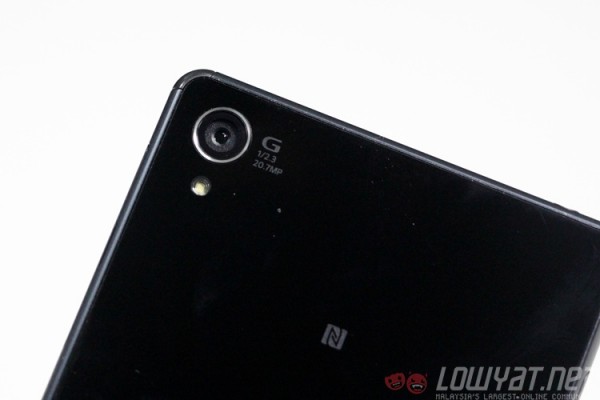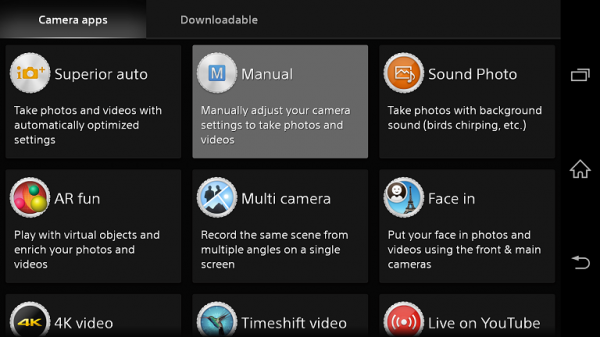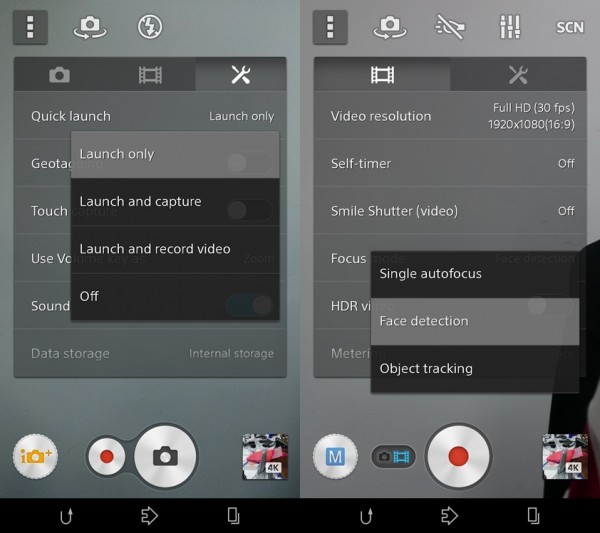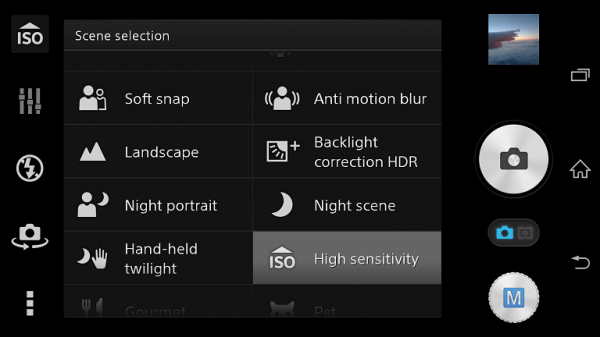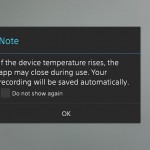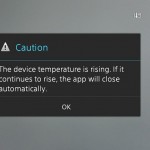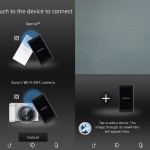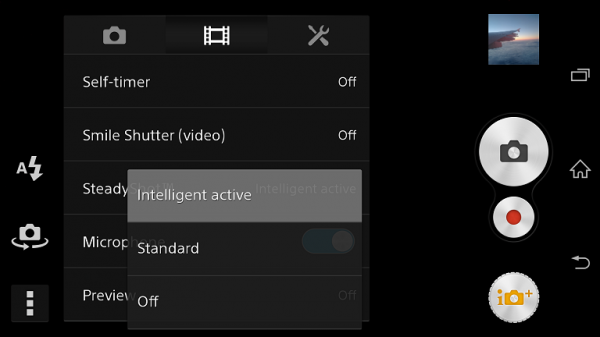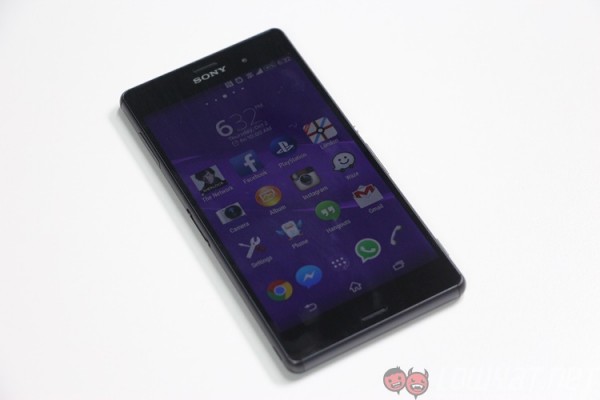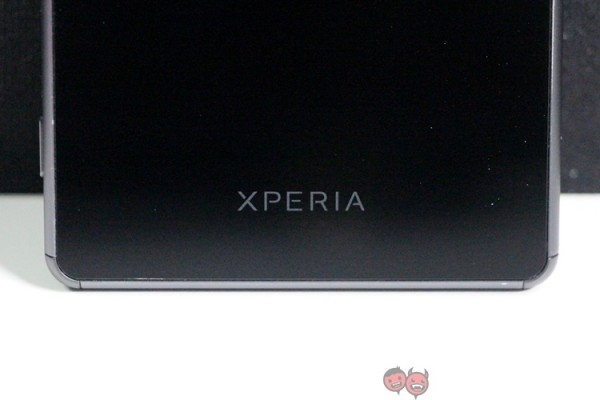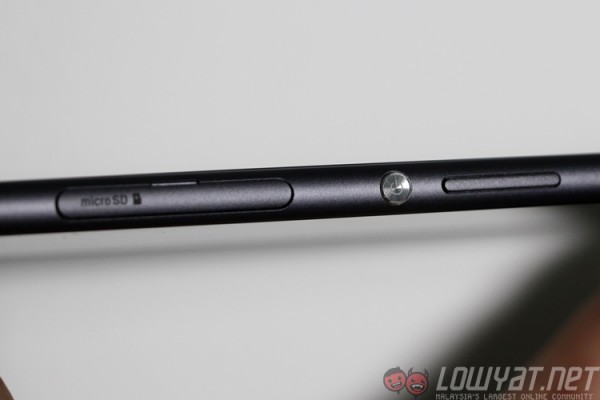When Sony introduced the original Xperia Z smartphone to the world, it also introduced a manufacturing and philosophical shift in its flagship smartphone strategy: to have a six-month cycle for its Z series of flagship Android smartphones. As a result, since the Xperia Z debuted at CES 2013, we’ve now got four Z-series smartphones in under two years: the Z, Z1, Z2 and now the Xperia Z3.
The company’s faced some pretty harsh criticism over this move, as many consumers feel that they are being short-changed for buying a premium smartphone that’s only going to be a flagship for six months. But since using both the Xperia Z2 and the Z3 almost back-to-back, I’m beginning to see some semblance of logic in Sony’s apparent madness.
First Impressions
Sony’s OmniBalance design language was first introduced in the original Xperia Z, and with it came plenty of accolades for what is a very handsome and excellent take on smartphone design. It was built with a solid metal frame and a glass back, giving it plenty of rigidity without the heft. In a sea of plastic phones, the Xperia Z looked exceptionally stylish – except for its one major flaw: ergonomics. The hard edges made it uncomfortable to use for long periods, gnawing at users’ palms. It was like women wearing high heels, or men driving sports cars with heavy clutches – good looks come at a price.
But with the Xperia Z3, Sony finally listened to feedback, and introduced softly curved sides – and what a world of difference it makes. Combined with a narrower body, the Xperia Z3 is exceptionally easy to hold and use, both with one or two hands. The curved sides (as well as the top and bottom) no longer made it uncomfortable after prolonged usage, while the metal frame has a matte finish that adds grip. The Xperia Z3 does not feel too thick nor too thin, neither is it too large or too heavy.
Finally, here is a smartphone that perfectly balances premium design with exceptional ergonomics.
If we were to nitpick, however, the power button feels too “pillowy”, with less-than-expected feedback – you don’t quite feel like you’ve pressed the button even if you have. Also, the little slits that house the stereo speakers actually looks rather odd. And as usual, that glass back is an unbelievable fingerprint magnet.
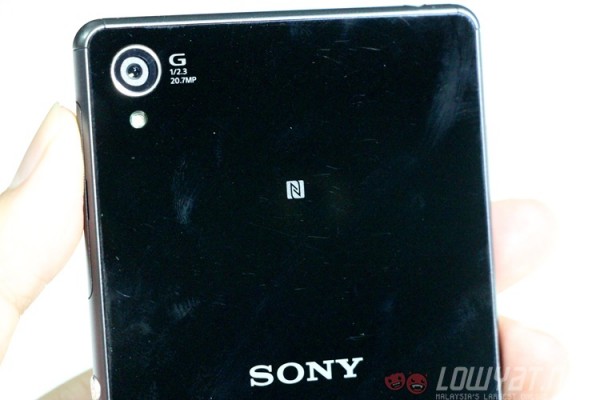 You get plenty of little scuffs and scratches over time, too.
You get plenty of little scuffs and scratches over time, too.
Hardware
Despite the six-month refresh cycle, the Xperia Z series always seem to be one iteration behind other flagship devices. The Xperia Z2 had a slower Snapdragon 801 chipset compared to the rest of the pack such as the Samsung Galaxy S5 and the HTC One (M8). The Xperia Z3 now features the same MSM 8974-AC 2.5GHz quad-core processor as the two aforementioned models – which isn’t great for future-proofing. The recently-announced Galaxy Note 4 and Google Nexus 6 are already on the Snapdragon 805, and several more will come by the end of the year.
That being said, Sony’s software is one of the lightest around, which makes it more efficient and less resource-hungry. In my time with the Xperia Z2, I did not once lament the fact that it was using a chipset that was 0.2GHz slower, or it had 1GB less RAM than GS5 or the One M8. Likewise, this should be the case with the Z3 and other Android smartphones that will launch in the immediate future.
Benchmarks
Software
Sony’s Android skin is so light, it still doesn’t even have an official name. The changes are significant enough to differentiate an Xperia phone from Samsung, HTC and virtually every other Android phone maker out there, but Sony has opted not to make excessive changes for a lot of things. Some core apps, such as Messaging and Calculator, are lifted straight out of stock Android – and honestly, there’s nothing wrong with that.
In fact, there is a lot to like about this unnamed Xperia skin (let’s call it Xperia UI). The app drawer, for example, offers better customisation options than any other skin in the market. With just one swipe from the left, you can choose to sort them either alphabetically, their installation order, most used, or your own customised order. There’s also a search box if you can’t find the app you’re looking for. And, if you’d like to uninstall an app, there’s an option just one swipe away on the home screen too.
The Xperia Z3 is also running on the latest version of Android – 4.4.4 KitKat, with the promise of Android 5.0 once it becomes available to non-Nexus devices. With it, Sony has also introduced plenty of features that will delight specific types of users. You can capture a screenshot or take a video of whatever that is on the screen effortlessly, simply by long-pressing the power button and tapping the option. While it may not be useful to many, the on-screen video recording feature is particularly significant, as it is a feature only supported on Android 4.4 despite being available on ROMs such as Cyanogenmod.
In addition, the Small Apps feature on Xperia UI has also been fine-tuned. It now supports up to five Small Apps in addition to whatever full-sized app that is running – you’ll definitely run out of screen real estate before being able to use all five Small Apps. That being said, the Small Apps are designed to merely dovetail a main app that you’re using; things like doing a quick calculation while writing an email. There are eight default Small Apps to choose from, but there are hundreds more that can be downloaded, such as a note-taking app, a mirror app that uses the front camera, and all kinds of dictionary apps.
One Small App that’s interesting is the Touch Block app. As the name implies, Touch Block deactivates touch input on almost the entire screen, preventing it from unintentional touch input. There is basically only one real-world usage to this, which is underwater video photo and video capture. That being said, Sony is basically the only one in the industry to offer such a niche feature for what is likely a very, very small crowd – but is a nice touch nonetheless.
Finally, there’s PlayStation Remote Play. Allowing a truly seamless experience from living room to any room in the house, the Xperia Z3 lets users stream PlayStation 4 games from the PS4 console to the smartphone, allowing users the freedom of playing their favourite games anywhere within the range of the WiFi network both the PS4 and Xperia Z3 are connected to. The console does all the hard work, while the smartphone simply streams gameplay, so Remote Play should not affect battery life as much as streaming a YouTube video on your smartphone.
Battery Life
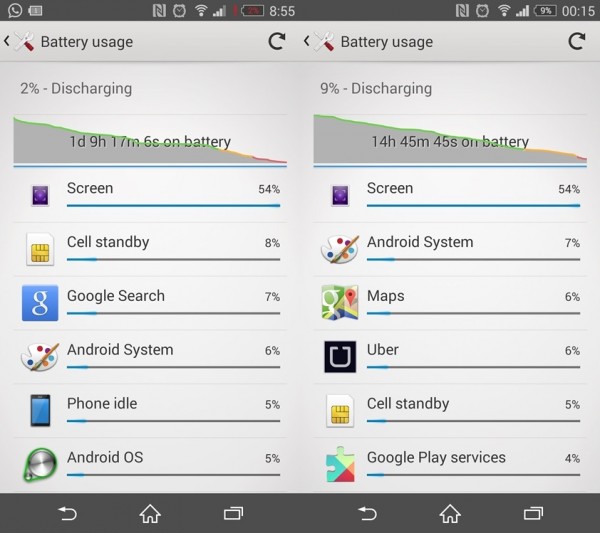 Left: Normal day-to-day use, switching between WiFi and mobile data. Right: Entire day out, fully on data with plenty of use on Google Maps.
Left: Normal day-to-day use, switching between WiFi and mobile data. Right: Entire day out, fully on data with plenty of use on Google Maps.
Speaking of battery life, here’s where the Xperia Z3 truly shines. Back when I first saw it at IFA 2014, I was not too sure about Sony’s bold promise of a “two-day battery life” with only a 3100mAh battery, and that if the company did manage to pull that off alongside its other bold claims, this was surely one of, if not the best Android smartphone of 2014.
Good news: the Xperia Z3 really can survive for two days without charging.
During my time with the Z3, I consistently managed to end the first day after charging with about 45% battery left, before finally hitting 1% the next evening – for a smartphone this powerful, it’s completely unheard of. Considering also that I use my smartphone a lot more extensively with plenty of accounts synced, this sensational battery life impressed me beyond anything else about the phone.
What Sony’s done with the Z3 is pretty ingenious. Taking the statistic that a majority of smartphone users wake their phones just to check the time before locking it back again, the Xperia Z3 doesn’t “fully operate” until it is unlocked. This feature is called Stamina Clock, which prevents data syncing whenever it detects that the user is merely checking the time.
Another power-saving feature is Memory On Display, which caches non-moving images on the phone’s RAM, preventing the processor from actively reloading static images such as the home screen.
The result is a premium smartphone that offers exceptional battery life, but without requiring you to enable any kind of power saving modes – of which the Z3 actually has two of. There’s the standard STAMINA Mode, which restricts certain features based on your usage behaviour, and Ultra STAMINA Mode, which turns your smartphone into a dumbphone with no Internet connectivity – but with seemingly endless battery life. But such is the amazing battery life on the default mode, I did not once need a reason to use either battery saving modes.
Display
The Xperia Z3 packs an identical 5.2-inch Full HD Triluminos display, powered by Sony’s Mobile Bravia X-Reality Engine from the company’s TV range. While the specs are virtually identical to the Xperia Z2, Sony has again tweaked the display with more refinements. Sunlight visibility has been significantly boosted, as the display can now push up to 600 nits in brightness.
Just like the Xperia Z2 before it, the display is perfectly adequate for consumers. Viewing angles are good, colours are vivid (with the option of adding a “Super Vivid Mode”) and users can also tweak the white balance to suit their tastes. As for the lack of a QHD display, well, it really makes no significant difference. In fact, adding a more pixel-dense screen will only impact the Z3’s battery life without significantly improving the display quality.
Audio
Sony packed the Xperia Z3 with stereo front-facing speakers, a la BoomSound on the HTC smartphones. Don’t let that fool you though: while the audio output is actually of a good quality, the amplitude itself is an issue: these speakers are pretty soft. It’s good enough for media consumption for one indoors, but you’ll struggle a little beyond that environment due to the low volume output.
On the other hand, Sony’s also included support for Hi-Res Audio playback on the Z3, which works to reduce distortion and noise at wider frequency ranges to reproduce high frequency sound in amazing detail. Hi-Res Audio works in tandem with DSEE HX, or Digital Sound Enhancement Engine, which upscales compressed audio files such as MP3 and AAC to deliver full-range audio. On most cases, what you’ll get is audio output from songs that have fuller range and noticeably better overall – though you’ll need to use a premium pair of headphones to really notice the difference.
Camera
Like the display, the Xperia Z3’s camera uses similar hardware from the Z2 but with some minor tweaks to improve the overall package. The same 20.7MP rear camera sensor now uses a 25mm wide-angle lens, letting you get more in the frame. On a software level, that’s where Sony placed a lot more focus on. The most important addition here is SteadyShot with Intelligent Active Mode, which is a software-based image stabilisation feature for video recording. As for stills, the Xperia Z3 is the first smartphone to offer a high ISO setting of 12800, which aids low-light photography.
Overall, Sony’s Exmor RS for Mobile ISP has always processed images to produce neutral colours that are neither too vibrant nor too dull. During my time with the Xperia Z3, shots taken with the smartphone yielded colours that are true to the eye – what I saw with my eyes was faithfully reproduced in stills – and that’s something that not many smartphone cameras do these days. However, despite the large sensor, detail resolution on the camera is still somewhat disappointing, and the ISP can also be guilty of aggressive processing, especially in low-light shots in Superior Auto mode.
Besides that, the camera UI could also use some improvements. HDR mode is hidden away in the many, many camera modes, when most smartphone camera UIs have easy one-tap access to HDR photos. Thinking to trying out ISO 12800 shots? You can’t, because you can only enable High ISO mode within Manual Mode – the ISP does the ISO selection. Panorama mode captures at a preset width – you can’t shoot beyond a certain width, but also not before the preset width, or you’ll end up with something like this:
Then, there’s the quick launch function, which can be activated via long-pressing the camera shutter button, or via the quick launch gesture from the launch screen. If you’ve got a security PIN set up, you can only capture images in Superior Auto mode if you launch the camera when the phone is locked. Choosing any other mode would require you to unlock your phone first.
As for videos, there are actually three image stabilisation modes (Sony calls it SteadyShot): Off, Standard and Intelligent Active. This latter option turned out to be pretty good. To try this out, we did a simple video recording around our office on foot while holding the phone. With image stabilisation turned off, each footstep resulted in a very visible shake in the recording. On Standard the shakes are less visible, though still nowhere as smooth with Intelligent Active turned on, where the footage seems to have been shot on a glide cam. Where each footstep resulted in noticeable shakes on screen, Intelligent Active somehow turns it into minor – but still visible – vibrations on screen.
Sample Images
Competition
Traditionally, Sony has always been “Plan C” behind the two usual suspects for the best Android smartphone: the Samsung Galaxy S5 and the HTC One (M8). This year, things are a little different, with the coming of Chinese smartphone makers making things very exciting in the land of Android smartphones. There’s Xiaomi’s Mi 4, Huawei’s Honor 6, and even the OnePlus One, which is coming to Malaysia soon.
While HTC continues to make the sexiest smartphone around, its UltraPixel camera on the One (M8) remains one of its biggest weaknesses. The Galaxy S5, despite promising so much, under-performed in some key aspects. The Mi 4 is not yet available here, while the Honor 6 remains unproven – though it could prove to be one of the best bargains of the year.
Conclusion
With the Xperia Z3, Sony is doing so many things right. Its fast iterations mean any flaws from previous models are quickly fixed, and new models will also pack ever more powerful hardware. But most importantly, Sony is fixing the Xperia flagships’ biggest flaw: distribution. This smartphone has now reached its key markets way ahead of traditional ones, and at a speed that’s highly impressive.
It is rare for me to be so excited over a new smartphone these days. But Sony has surprisingly kept its promise of long battery life, improved camera performance and a more ergonomic design with its latest flagship smartphone. The Xperia Z3 is easily one of the best Android smartphones you can get today. And given the number of really impressive devices released this year, that is quite an achievement.
Follow us on Instagram, Facebook, Twitter or Telegram for more updates and breaking news.

